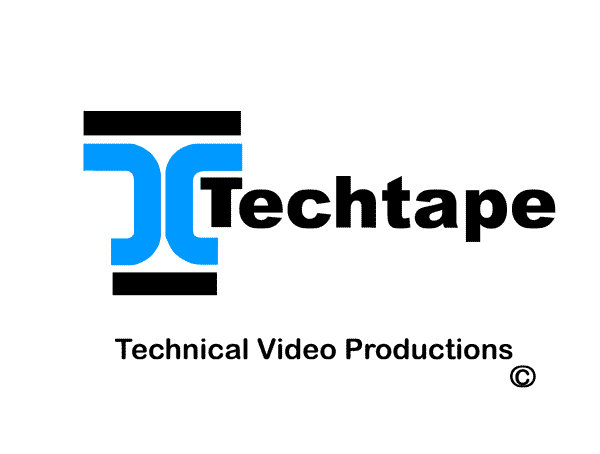The Practical Welding Course

The Practical Welding Course
The Welding Course starts with the basics: - definitions, terms and other information a good welder needs to know - these are the
Introduction Modules. These are followed by additional more extensive
Safety Modules (OHS)
These first modules need to be completed before moving on to subsequent more Specific Modules which get the Learner to start actually welding, by practicing.
The other important aspects that the welder needs to know, like Joint Preparation and Fit up, follow on from the basics - all essential to producing good welds.
The following Welding Processes are then covered in detail:
- Manual Metal Arc Welding
- Gas shielded metal Arc Welding
- Tungsten Inert Gas Welding
- Submerged Arc Welding
After several Modules addressing the actual welding of joints, the welder is taken through numerous other related modules about Metallurgy, Defects in Welded joints, Inspection and Testing requirements, Heat Treatment and so on.
There are 32 Modules + 4 OHS Modules for the complete welding course in these 4 major welding processes. To train a good welded, the most important part is Practice, Practice and Practice!!